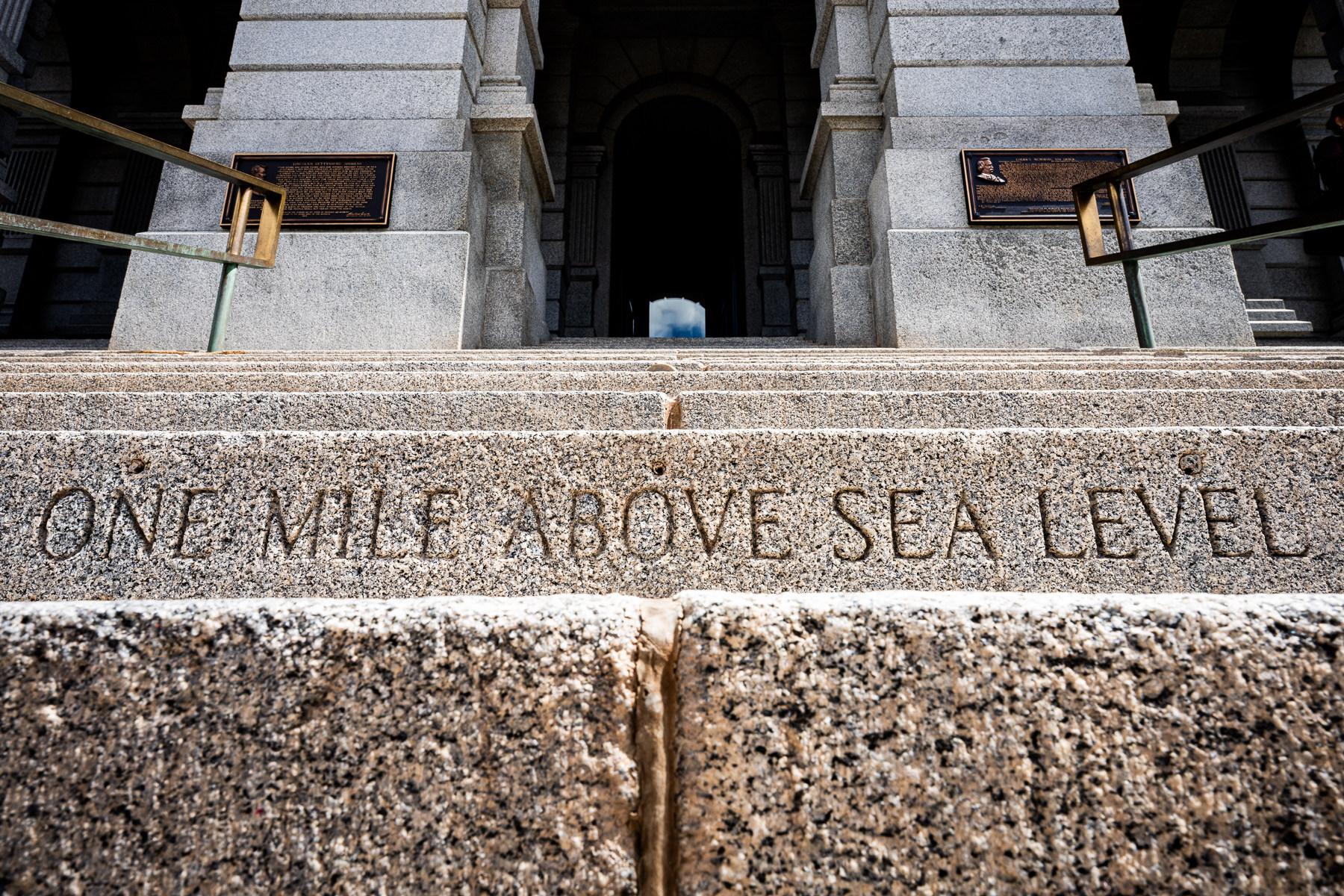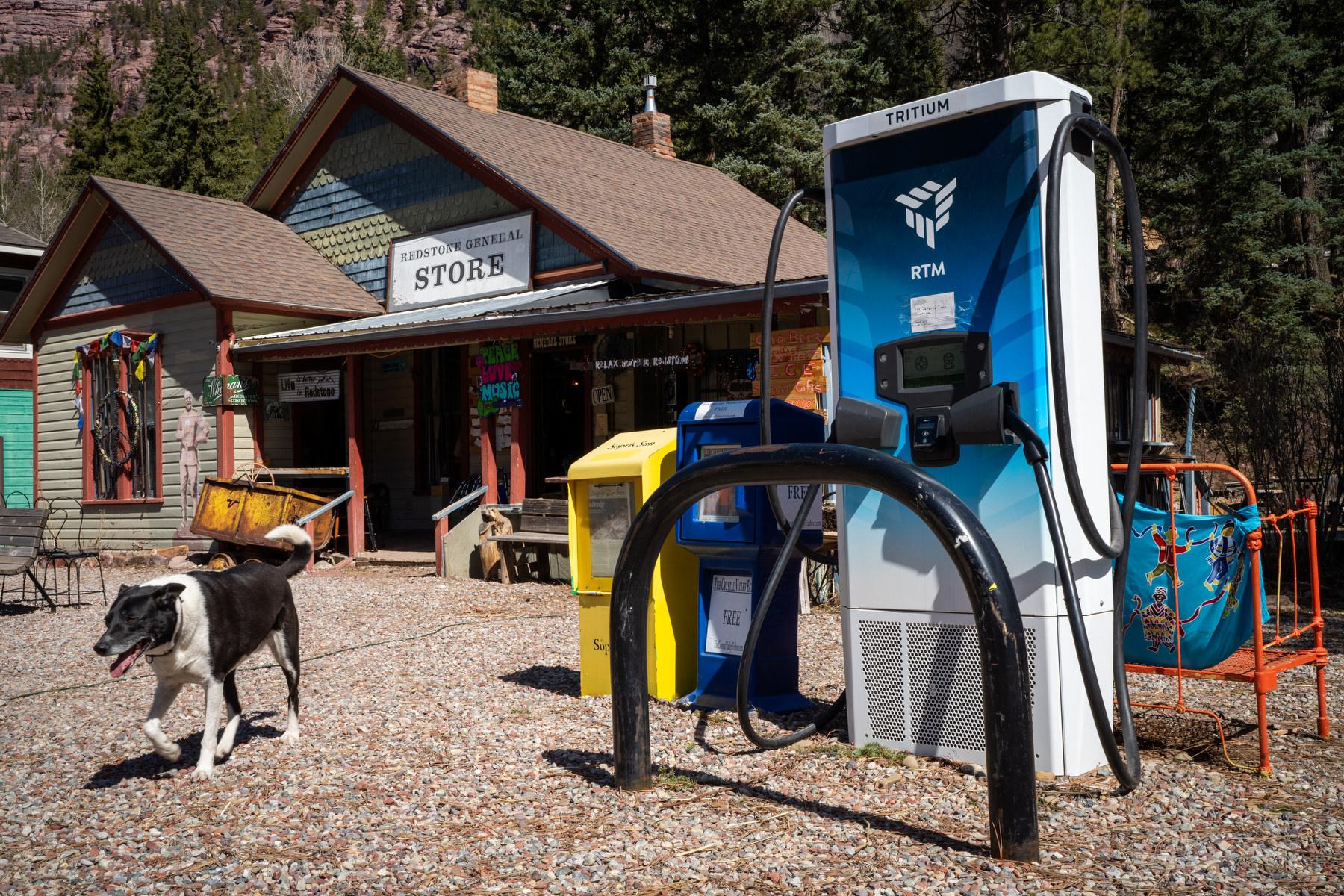Originally published on November 28, 2018 9:31 am
You may have missed it, but on Black Friday the federal government released a second climate-related report. The United States Geologic Survey (USGS) found nearly one-quarter of carbon dioxide emissions come from fossil fuels extracted on public lands - that's the average from 2005 to 2014. Not to mention over 7 percent of methane and 1.5 percent of nitrous oxide, on average during that same time period.
In 2014, Wyoming won the race for the most carbon dioxide emissions - 57 percent of fossil energy produced on all federal lands occur in the state. Colorado and New Mexico weren't far behind. Wyoming also emits the most methane; Utah the fifth.
In 2014, coal-generated electricity accounts for the largest share of emissions produced on public land at nearly 57 percent. Natural gas is next in line at 17 percent.
Chase Huntley, energy and climate director is with the Wilderness Society, a non-profit conservation group. He said most know intuitively that public lands have lots of energy production, but this report gives it numbers.
"It's not partisan information, it's fact-based information that's essential for any American that wants to ensure resources properly managed and stewarded," Huntley said, "which helps decision-makers move forward on public lands and energy-related policies."
The report shows greenhouse gas emissions have gone down on federal lands since 2005. Nels Johnson, North American director for The Nature Conservancy, a conservation non-profit, said it's happening primarily due to changes in the source of electricity.
"We've accelerated the deployment of renewables first of all." Johnson said, "The biggest additions to the electric generating fleet in the last few years have been wind and solar."
He added natural gas has also replaced a lot of coal-based electricity.
The report is the first to track fossil fuel emissions generated on public land, commissioned by the Obama administration in 2016. It looked at data from 2005 to 2014.
The USGS also looked at carbon sequestration in its report. That's where organic material stores carbon like soil or trees. It's helped offset 15 percent of total emissions, though wildfires have kept that number from rising even higher. Overall, the level of carbon sequestration has gone up since 2005.
We reached out to the USGS to explain its findings, but they were unable to comment.
Copyright 2018 Wyoming Public Radio. To see more, visit Wyoming Public Radio.









